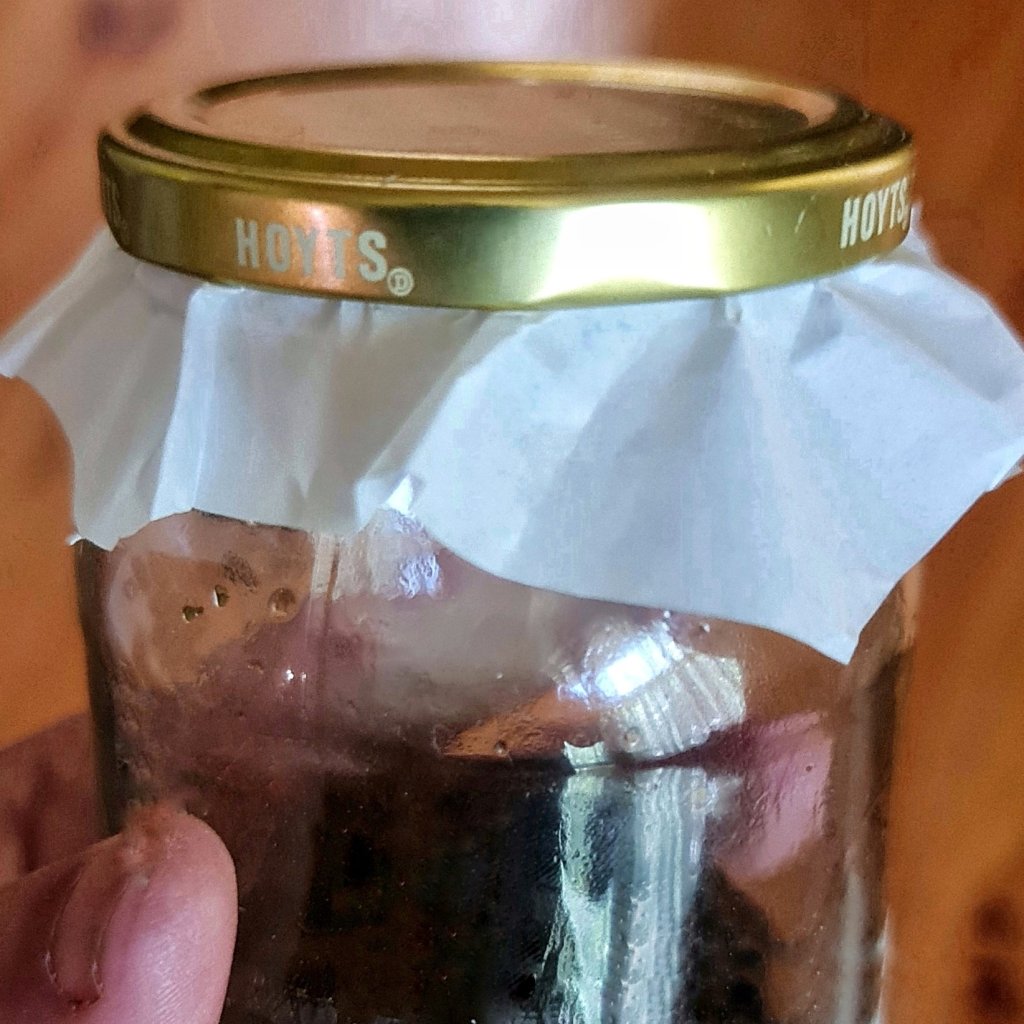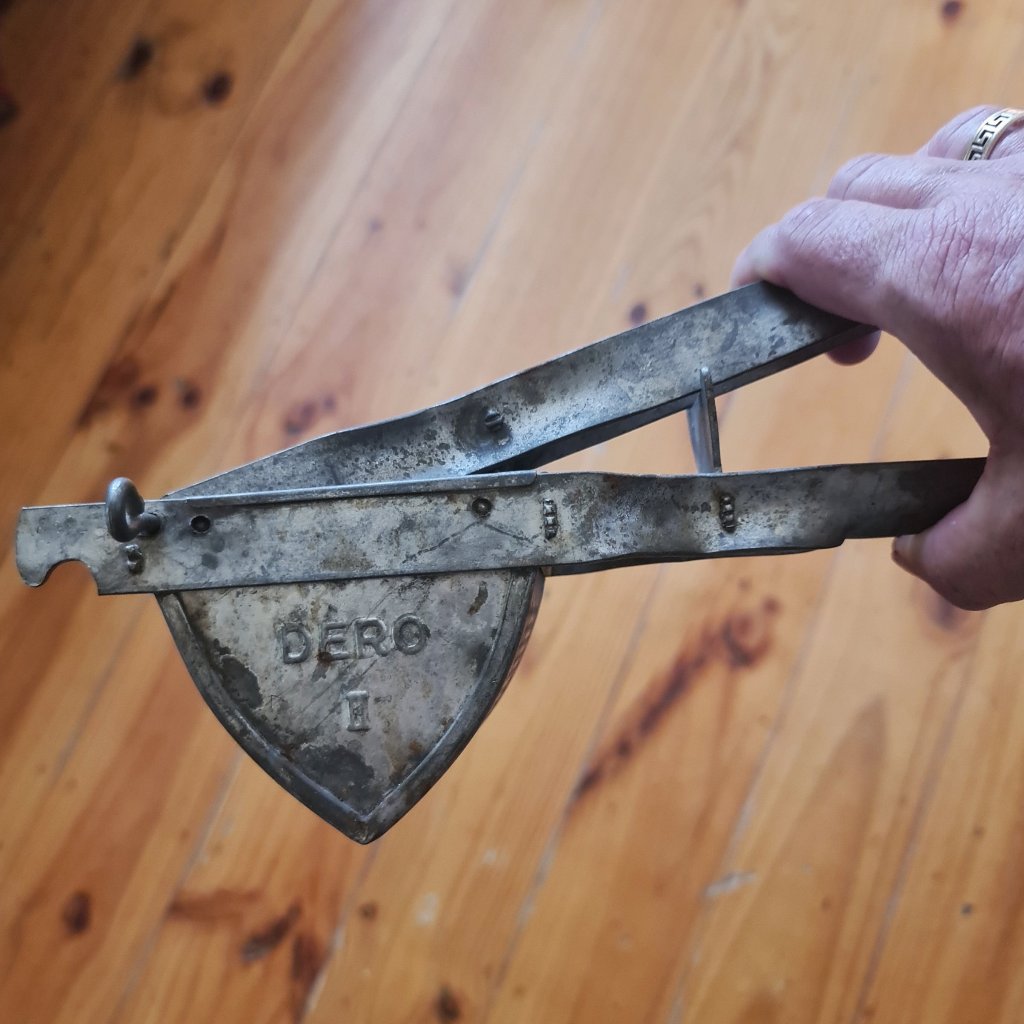The folk method of tincturing is the easiest and probably oldest method of tincturing. It’s the one everyone starts with, and some folk stick with it throughout their whole herbal lives.
The other methods covered in this website are the Ratio Method and the Percolation Method. There are other, more complicated methods, but they’re a little beyond the average kitchen herbalist.

The process
To tincture using the folk method, just follow these instructions. You’ll be surprised at how easy it is.
- Decide which herb and what strength alcohol you want to use. Cut the herb as finely as possible.
- Grab yourself a good sized jar with a tight fitting lid.
- Put the herb in the jar until the jar is half to two thirds full. By not filling the jar completely, you leave plenty of room for movement during the upcoming shaking stages.
- Cover the herb with alcohol.
- Optional – I like to put the herb and alcohol mix into a blender and give it a blend. This thoroughly mixes both herb and alcohol as well as reduces the size of the pieces of herb, ensuring that the alcohol can penetrate deeper and faster.
- Stir a little to let trapped air bubbles escape.
- Top up the alcohol a little so that it completely covers the herb.
- If you’re using a jar with a plastic lined lid, place a piece of baking or wax paper underneath the lid before you seal the jar. That stops the nasties leaching our of the plastic while in contact with the alcohol.
- Put the lid on the jar and shake well.
- Make sure the jar is well sealed and put it in a cool, dark place for a month.
- Shake the jar every day or so or whenever you remember. Think healing thoughts while you do it too!
- After the month, strain the tincture and press out the marc (the leftovers)
- At this stage. I like to put the tincture into a separate decanter to allow very fine, suspended, sediment to settle before filtering. This saves time and coffee filters!
- After settling (usually overnight), strain, filter and place into a dark glass bottle for storage. Label well.
Pretty easy, hey? Of course, there are minor ways to improve the technique a little, but if you do all that’s listed above, you’ll be on the way to making good tinctures.



Why a month?
The month time frame is pretty flexible. Depending on the herb, the alcohol concentration and the amount of shaking of the jar you do, the tincture can be ready in as little as two weeks.
In the very old days, herbalists made their tinctures on the new Moon and strained and bottled them on the next. Some used different Moon phases, but all stuck to a Lunar cycle. This is because the Moon influences many aspects of herbalism, so tapping into that good energy is a good idea. It was also a great way to keep time over a long period. Folks didn’t have clocks in the early days, so referring to something as constant as the phases of the moon was the ideal way to keep time.
To learn a little more about using alcohol in herbalism, check out our A Little About Alcohol page.

More advanced stuff – alcohol concentration
As you progress with your tincture making, you will learn that the correct alcohol concentration can be very important in extracting certain types of compounds. Our page, ‘A Little About Alcohol‘, will help you work out what concentration of alcohol to use, should you want to go that far when making your remedy. For now though, just use what you have. Vodka is an excellent choice for a solvent, it is 37.5% ABV (Alcohol By Volume) which means that it can extract a wide range of both water soluble and alcohol soluble constituents from your herbs.
Other herb pages on Ligaya Garden
We cover a lot of ground on many herb related topics here on our website. There are whole pages devoted to different topics as well as frequent posts. Some of the links are –
